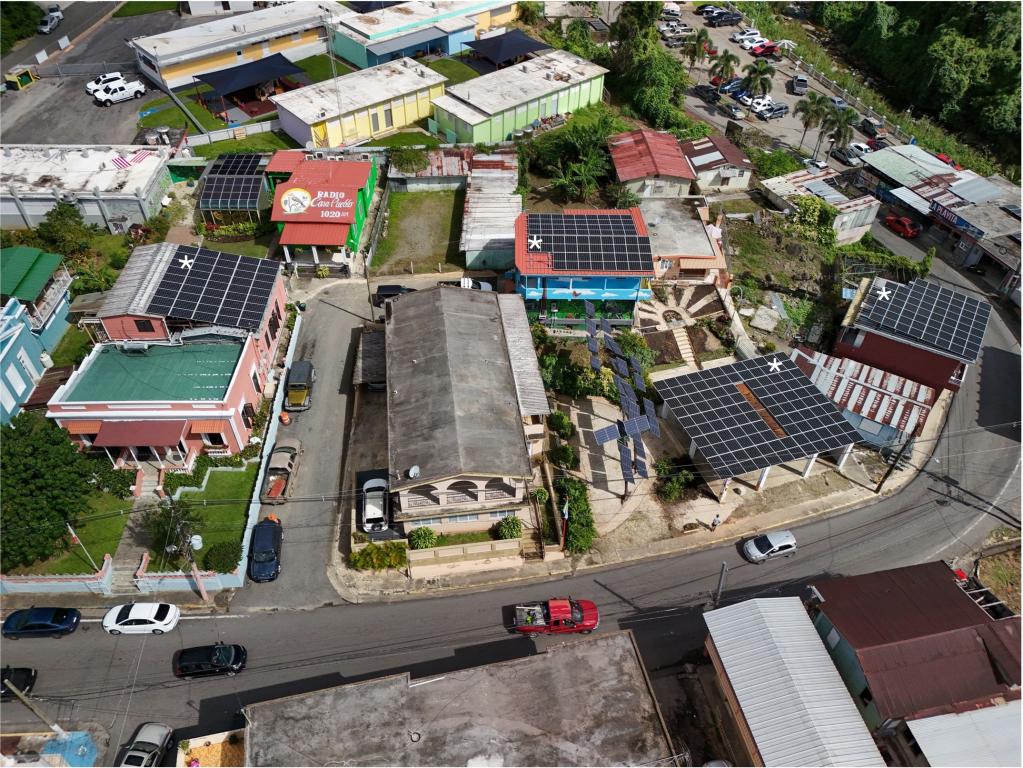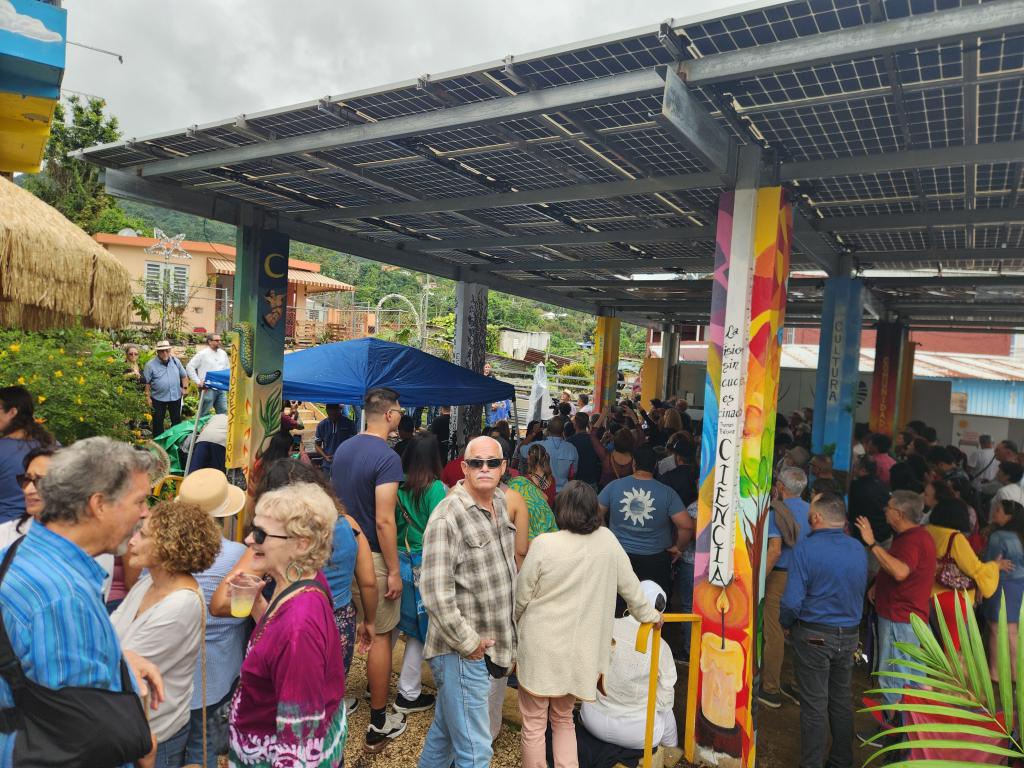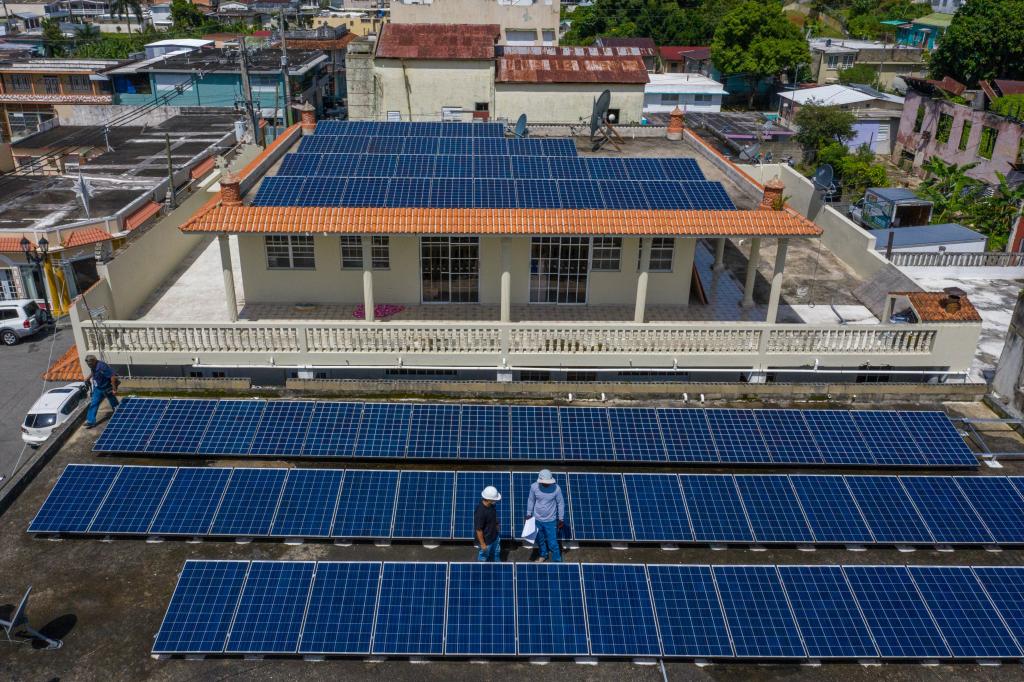
Microgrids are standalone energy systems capable of operating independently or in conjunction with the main power grid. These storage-equipped systems use local renewable energy sources to deliver reliable power to customers. ORNL researchers are further expanding these benefits by making microgrids more resilient by linking them and managing them as an automated network. This enables microgrids to support each other when one is damaged and to sustain electrical service to vital community functions. Networked microgrids also increase system efficiency by managing energy surpluses, providing redundant back-up, and expanding microgrid electrical boundaries to cover customers without electricity. These benefits extend the time the microgrid can operate in isolation and reduce the cost of electricity for participating microgrids.

ORNL researchers and partner universities have developed an array of technology that includes protection, forecasting, optimization, and controls for networked microgrids. The project takes foundational research to laboratory validation, then to field demonstration.
These advances were developed through a collaborative project focused on solar-based microgrids in Adjuntas, Puerto Rico. The mountain town, which lost power for many months after Hurricane Maria in 2017, presented a case study of the value and function of networked microgrids for providing enhanced community resiliency at the grid edge where only limited pathways exist for electricity to reach customers.
ORNL worked closely with the Adjuntas community to demonstrate the lab’s orchestrator technology for automated management of networked microgrids. The project involved key partnerships with:
- Casa Pueblo, a local conservation organization
- The Honnold Foundation, an international nonprofit
- Universities including the University of Tennessee, Knoxville; the University of Central Florida; and the University of Puerto Rico, Mayaguez

An important outcome of the project was the construction of a new microgrid, designed to function as a community resiliency center during natural disasters. Developed in collaboration with Casa Pueblo, this microgrid will also serve as a living laboratory and demonstration site for ORNL’s advanced network microgrid technology. Beyond showcasing innovative microgrid solutions, the center will act as a hub for training and building up the local workforce.
Through this project, ORNL and its partners have delivered innovative software and hardware technologies, as well as insights critical for strengthening the resiliency of critical infrastructure in Adjuntas and other historically underserved communities at the edge of the grid.

